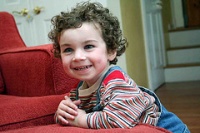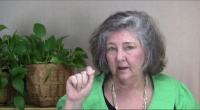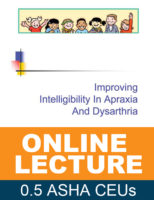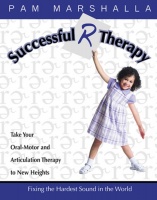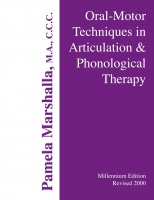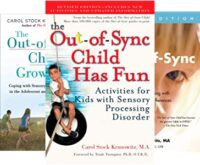Q: My twin clients have been in therapy for a long time and now can produce all the consonants except /r/ and /s/ in clusters. However, vowels sounds are still inconsistent and their speech is choppy and “staccato-like.” Intelligibility is low. First, kids learn vowels best in isolation, not embedded in the middle of words. Second, choppy and staccato-like rhythm pattern usually is related to diphthongs that are not fully developed. Listen carefully to the diphthongs. You can use the…
Vowels, Diphthongs, Choppiness, Low Intelligibility
By Pam Marshalla


